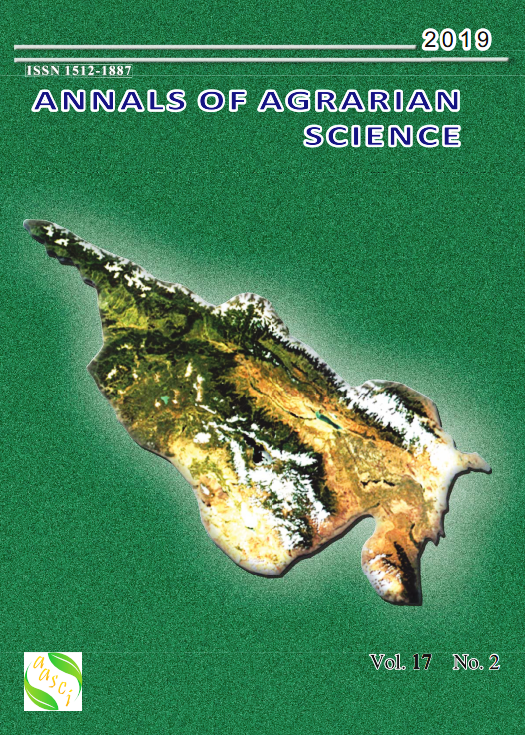Spatial and time dynamics of glaciers following the Little Ice Age on the southern slope of the Greater Caucasus
Keywords:
Little ice age, glacier fluctuation, moraine, remote sensing, UAV unmanned aerial vehicle, GIS mappingAbstract
The article presents an analysis of the scale in space and time of degradation of some glaciers on the southern slope of Central Caucasus Ridge following the Little Ice Age to modern times by the method of remote sensing of short distances. It also describes the opportunities and advantages of using this method as compared to the traditional methodology of Orthorectifying and mapping of aerial pictures. In the study, we used the historical and topographic maps of different periods, archived historical materials of aerial photographing, remote sensing and modern aerial images taken with an unmanned aerial vehicle (UAV) (Pha-ntom 4pro) in 2017. The study, besides the traditional approach, is based on the new technique of UAV photography, creating a digital three-dimensional so called “point cloud” model and its use in calculations of various glacial-geomorphological parame-ters with photogrammetry software and geo-information systems (Pix4D, Global Mapper, ArcGIS). The article gives a detailed de-scription of opportunities of the UAV survey in terms of high-mountainous relief and hampering factors. It was established that the glaciers were quantify following the Little Ice Age and the values of their retreat depend on the concrete types of glaciers and geographical factors. The mentioned glaciers are typical for the soutern slope of the Caucasus Range and are located between mountain Elbrus and Mkinvartsveri arrays next to the watershed ranges. The analysis of dynamics evidences that in the study period, the retreat varies between 0.8 and 4.2 km.



